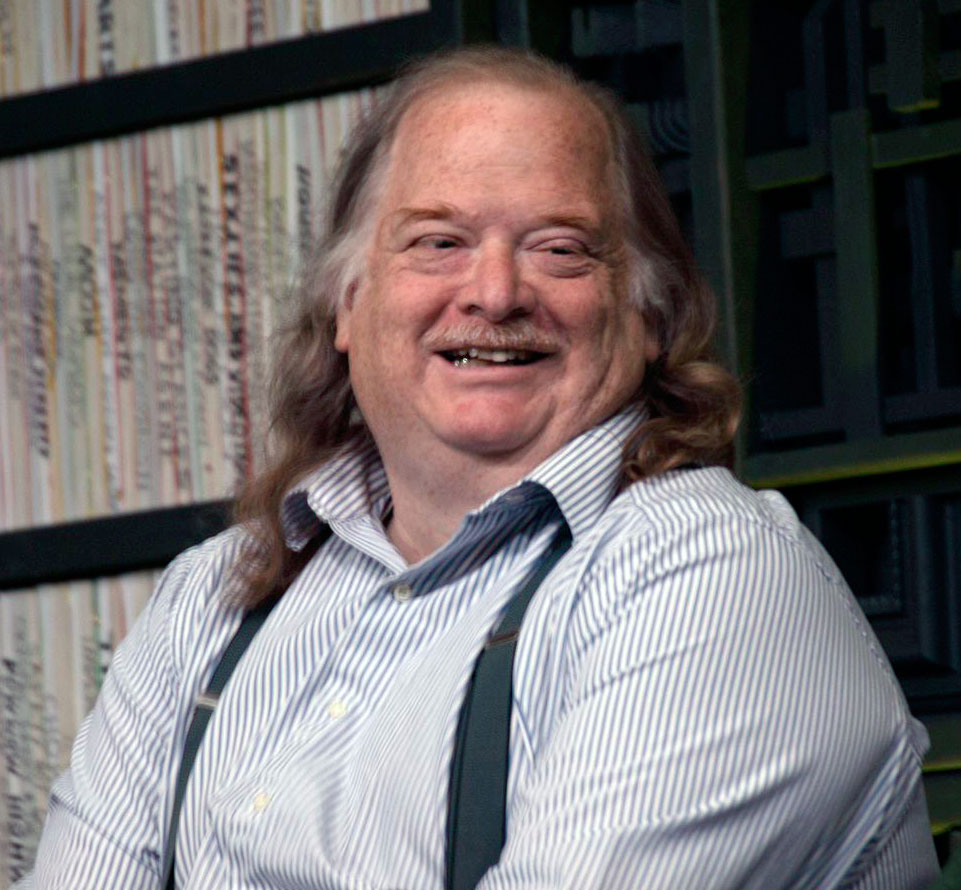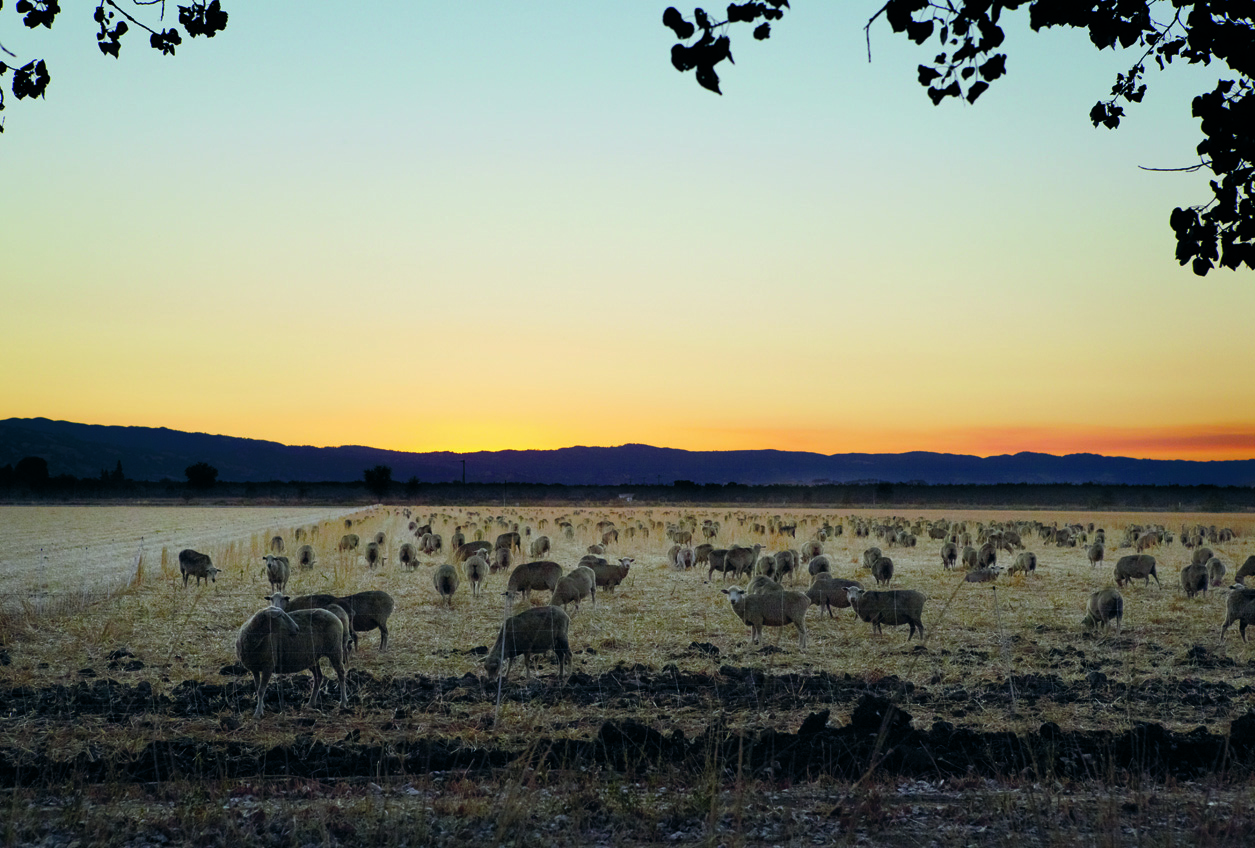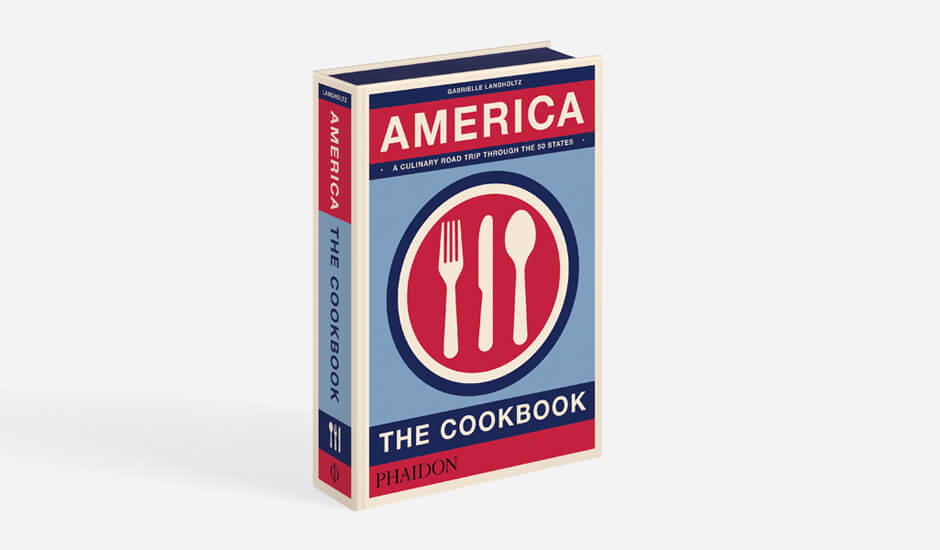
Jonathan Gold on food and California
The acclaimed LA food writer died on Saturday - here’s why he loved the Golden State's singular cuisine so much
Jonathan Gold was the first restaurant critic to win a Pulitzer Prize, and his work at the LA Times was widely regarded as among the best culinary journalism in America.
Unfortunately, those sharp, humane pieces came to an end on Saturday, when Gold passed away, at the age of 57, after a short battle with pancreatic cancer. To mark his passing, here’s his full homage to Californian food, published in America the Cookbook.
“The first time I visited New York, the entrance of the most fashionable French restaurant in town was lined with crates of tired vegetables, with labels I associated with second-tier food stores back home. The produce at the carriage trade shops I’d dreamed of visiting was haggard (although the meat was nice). The Union Square Greenmarket was bare of almost everything but onions and apples. I hadn’t yet made it to Chez Panisse, and my student budget didn’t extend to as many trips to Spago and Michael’s as I would have liked, but for the first time it occurred to me: California may really have the best food in the United States.
"To me, California is unsurpassed as a center of agriculture, with some of the world’s best wine, splendid growing regions, 840 miles (about 1,300 km) of coastline, and for a good part of the year not just America’s best—but America’s only—vegetables, as any Easterner who has ever craved a February avocado can attest. The tradition of grilled meats and minimally altered vegetables, stretching from the rancho days through the Sunset-magazine ideal of back-porch barbecue (and on to Spago), turned out to be exactly the way you would want such lovely produce to be treated.

“California is a place of almost unimaginable cultural diversity—a locus of 21st-century immigration, as well as the world’s center of entertainment and technology, astrophysics and art, urban innovation and inconceivable wealth. The cuisines and ingredients of a hundred civilizations are available here in something close to their ideal forms. It is the first American state tied more closely to Asia than to Europe, and a dish that becomes popular in Chengdu, Hanoi, or Seoul may be on Los Angeles or Oakland menus within a month. It could be correct to think of great swaths of Southern California less as influenced by Mexico than as spiritually part of Mexico. It may be easier to find a great Afghan meal in California’s Bay Area than in Kabul. And it is not an accident that the first restaurant to serve salad as a first course was in Los Angeles, or that the concept of casual fine dining started in California.

"The wrestling match between early naturalism and technical rigor that informs so many of the world’s best menus was likely first expressed by the contrast between Chez Panisse in Berkeley and The French Laundry in Yountville. To taste California is to taste the world, but more than anything, it’s about the taste of California. Because when you encounter the word “California” on a menu, anywhere from Tokyo to Rome, it doesn’t refer to a specific dish, flavor, or technique, but rather to the idea of freshness, simplicity, and vegetables allowed to taste of themselves.”
For more on US cuisine get America the Cookbook. For three very different takes on Californian food try Coi, Benu and On Vegatables.